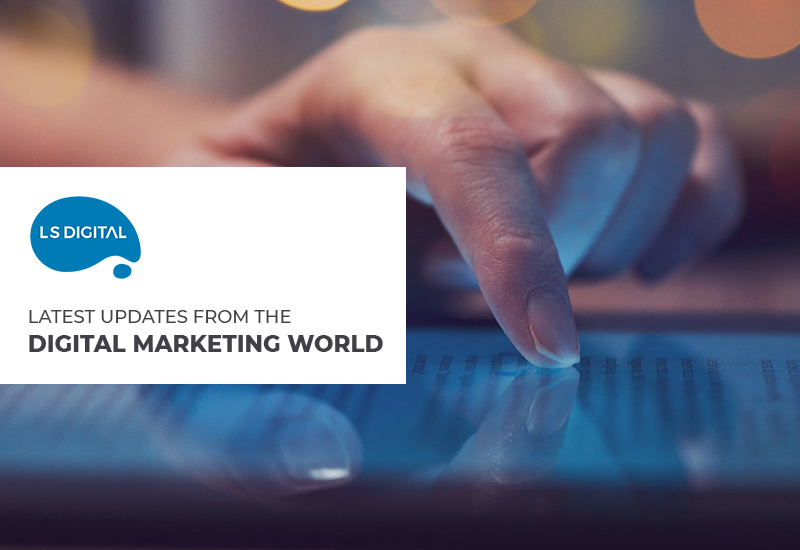Just a few years ago, cookie-based remarketing was the biggest trend among marketers. It helped advertisers and marketers retarget customers effectively and helped to close the deal.
However, the biggest problem with cookie-based ads is that they are getting increasingly irrelevant and ineffective, thanks to the popularity of mobile apps, and other walled networks like Facebook, Google, and Amazon.
Studies report that over 66% of mobile devices that are in use don’t accept cookies. That presents a significant loss in traffic volumes. Additionally, today users access the internet across devices – smartphones, desktops, laptops, tablets and more. Apart from devices, they are also using different browsers (Firefox, Chrome, Safari, and others) for each device, making cookie-based ad targeting irrelevant.
So, what does this mean for marketers?
Cookie-based advertising is fading fast. This is where people-based targeting comes into the picture. As the name implies, people-based targeting helps you track an individual across devices, browsers, and apps.
Here, let’s show you two significant initiatives that are currently being deployed for people-based targeting: the IAB Tech Lab’s DigiTrust and the Advertising ID Consortium.
Though both these methods are different, they have a similar goal – avoid relying on cookies, and ultimately improve the speed and relevancy of ads.
The Advertising ID Consortium: What it is and what does it do?
The Advertising ID Consortium came into existence in 2017 and was initially founded by AppNexus, MediaMath, and LiveRamp. Initially, the project aimed to avoid the hassles of cookie syncing. However, now the mission of the project has extended to include the creation of a “people-based” identity that works across devices.
LiveRamp is an identity resolution provider that has created a solution known as IdentityLink. This connects large datasets that contain information about millions of users to create an anonymous profile, based on a person’s interactions in the online and offline world.
Right now, the Consortium focuses on just a few cookies, and the identifiers in these cookies are available to the exchange partners of the consortium. Participating companies can connect the identifiers and track a user across channels.
DigiTrust from the IAB TechLab: What it is and what does it do?
DigiTrust is a non-profit ad platform that is a part of the IAB (Interactive Advertising Bureau) TechLab. While it participates with the Consortium, it uses its own ecosystem.
It issues a cookie that can be read by participating organizations using the DigiTrust API. Additionally, this cookie can be issued by websites, thereby allowing the cookie to be considered as first-party. The DigiTrust cookie contains an identifier for the user, along with the user’s preferences and consent.
DigiTrust states that it is 100% accurate in identifying a particular user. This rate is much higher than what is possible with cookie matching.
Audience Reach
Currently, nearly 50 platforms are participating in the DigiTrust initiative. On the other hand, the coverage of the Consortium is limited to a dozen ad platforms, right now.
What does this mean for the future of ad retargeting?
According to studies by Forbes and Forrester Research, people-based marketing is the future of digital ads. Instead, of targeting specific devices, the focus will be on targeting people across devices, browsers, and platforms. With the move away from cookie-based remarketing, marketers will be able to reach a person across platforms and devices.



